This paper proposes a sensor management system framework and presents a multi-agent based solution. The structure realizes the assignment of sensor tasks through mutual negotiation among multiple agents, and better overcomes the defects existing in the fusion center. On this basis, it focuses on the coordination and cooperation between agents, and realizes the coordination mechanism between agents based on KQML language.
1 IntroductionMulti-sensor systems can obtain more global information from their observation environments from different angles and fields of view, and are receiving more and more attention in military and civilian fields. In order to adapt to modern battlefield changes and achieve the best operational results, many researchers began to focus on the research of automatic or semi-automatic management of sensor resources to give full play to the performance of each sensor. At the same time, with the continuous advancement and renewal of command automation construction, more and more legacy systems are placed in front of researchers. How to make rational use of these legacy systems is also a problem that researchers need to solve. One solution is to package legacy components and provide them with an "Agent Hierarchy" feature that allows them to communicate and collaborate with other software components.
2 Status of sensor managementThe core problem of sensor management is to determine which sensor to select and how the sensor works and parameters according to certain optimal criteria. The task of the Sensor Management System (SMGS) is to use the limited sensor resources to meet the requirements of multiple targets and scanning space to obtain the optimal metrics of each specific characteristic (detection probability, intercept probability, sensor's own launch capability, navigation). Trace accuracy or loss probability, etc., the sensor resources are reasonably distributed according to the optimal criteria, and the working mode and working parameters of the sensor are selected. The current sensor management structure is divided into centralized and distributed.
2.1 centralized management structure
In a centralized management structure, the Fusion Center sends all of its sensors the tasks they need to perform and the parameter sets or operating modes that complete the task. The disadvantage is that the fusion center is difficult to make real-time evaluation of the load of each sensor. In multi-task, the load will be unbalanced, and even the individual sensors will be overloaded and unable to complete the task. In addition, when the number of sensors increases, the fusion The amount of calculations in the center will rise sharply and the amount of communication will increase greatly.
2.2 Distributed Management Structure
In a distributed management structure, management functions are distributed in different locations of the system or in different sensors. The shortcoming is that information redundancy will bring serious problems. In addition, if there is no public communication facilities, the data exchange between nodes in the network can only be carried out in an end-to-end manner, between the sender and the receiver. The delay will cause an inconsistency in the global state of different components in the network, resulting in a decline in the overall performance of the system. Task conflicts and competition make task coordination more complicated.
3 Multi-Agent based sensor management systemAgent is a conceptual model from distributed artificial intelligence. It usually refers to the goal, behavior and knowledge. It can be used in planning, reasoning according to its own capabilities, status, resources, related knowledge and external environmental information in an uncertain environment. And the entity that determines the problem solving and performs the corresponding activities to autonomously complete a specific task and reach a certain goal.
A Multi-Agent System (MAS) is a system in which a set of global targets are connected to each other through a communication network or a computer network. Each of these agents must negotiate, coordinate, and collaborate with each other to accomplish common tasks to achieve global goals. MAS is valued in many areas for its dynamic self-organizing capabilities and open infrastructure.
3.1 System Architecture and Features
Â
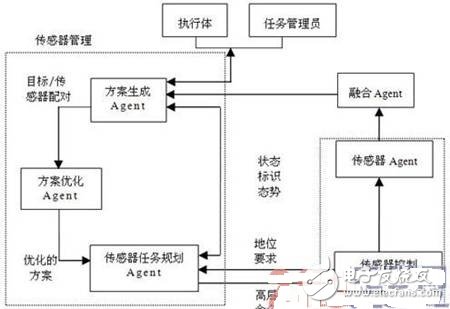
Figure 1 Sensor Management System (SMGS) task flow and external interface relationship
(1) The decision process is distributed among the nodes on the network. This strategy allows the management potential of each sensor node to be exerted (the local manager makes decisions on its own sensor tasks);
(2) The global system task manager only needs to submit the task requirements to the sensor, and then monitor the completion status (performance index) of the system task, without specific management of the sensor; especially worthy of emphasis, due to the setting of the sensor agent, The sensor is highly autonomous and device-independent (the exchange of information between the sensor and the fusion node and between the sensors can be achieved through a standardized request/response query language and intelligence data chain), which is the mobile network of the sensor. Created favorable conditions;
(3) Each node in the system corresponds to a physical entity or a decision entity, and they are coordinated by messages, and the system is easy to construct;
(4) Adopting a multi-agent based system, the decision made by the decision maker on the model system can be realized quickly in actual operation and is easy to implement;
(5) The general simulation method can only estimate the effect of the pre-set decision-making scheme, but cannot suggest to generate a new scheme, that is, it can only answer the “what-if†question, but not the “what's bestâ€, multi-agent system. There is a possibility to answer the "what's best" question.
3.2 The operation mechanism of each agent in the SMGS model of multi-agent
(1) Fusion Agent: Provide target status and attribute information for target and sensor pairing. Data fusion of all relevant information sent by each sensor; determining system tasks and global performance indicators that each sensor agent needs to complete in the next sensor management cycle; monitoring performance indicators of system tasks to confirm whether the required performance indicators are achieve.
(2) Sensor Agent: acquires target and sensor data; manages sensor tasks assigned after negotiation; controls data communication with other network nodes.
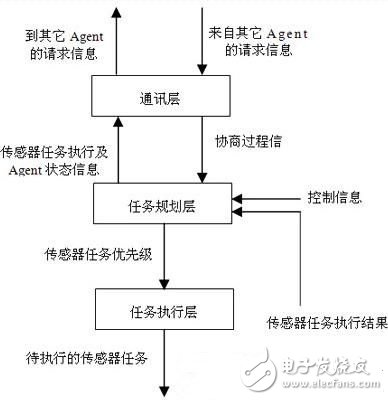
Figure 2 Structure of the Sensor Agent
The function of the task execution layer depends on the type of sensor and its ability to perform sensor tasks.
The task planning layer is responsible for determining the set of tasks to be completed by the sensor in the next management cycle, and can process the information sent by the fusion center or other agents and the information provided by the operator to obtain the environmental situation knowledge, and determine the corresponding tasks on the basis of the task. Priority.
The information transfer between the internal planning layer and the execution layer of the Agent is the responsibility of the communication layer. This layer also supports the negotiation process in distributed decision-making. It receives execution requests, notifications or result information from other agents. The negotiation process requires knowledge of the ability of the sensor to complete a task. The communication layer can understand the status of the agent completing the task through the planning layer. Once the task suggested by other agents is accepted, the communication layer will determine the sensor-level performance indicators determined through negotiation. Pass to other layers. If a task cannot be executed, the communication layer compares the required sensor performance indicators with the information in the planning layer, determines a set of behaviors that should be performed by other agents, or notifies other agents of the results, only those that can be completed by the agent. The task is transferred to the planning layer.
(3) Scheme generation agent: generate an optional matching scheme of “sensor†or “sensor group†and task according to the preset “features†of each sensor, and pair a specific target or sensor combination pair with a specific target appearing in the current monitoring space. It performs further testing to provide information on the target.
(4) Scheme optimization Agent: The above scheme is optimized according to the task requirements, and the target priority ranking is formed.
(5) Sensor Control Agent: It is a conversion module, which is responsible for converting the sensor allocation scheme into commands executable by the sensor, and also completing specific operations such as mode selection and parameter selection of the sensor.
(6) Task Planning Agent: Responsible for specific sensor task assignment.
According to the basis provided by the above aspects, a sensor management scheme is formed to directly adjust the sensor configuration. Therefore, the Agent-based sensor management system plays a feedback adjustment role to form the closed-loop control mode of the data fusion system, which increases the robustness of the system.
GreenTouch's self-developed open frame and desktop touch all-in-one computers can support Windows, Linux, and Android operating systems, with excellent functionality and flexibility, and provide you with reliable industrial or commercial-level solutions for your industry. Automated system integration realizes simple human-computer interaction or seamlessly connects your customers from mobile devices to in-store interactive experiences. They adopts modular design, versatile and powerful, and can be used in public environments such as in-store human-computer interaction, operating system cashiers, self-service, hotel services, and corporate office. they have a wide range of uses, provides a variety of sizes and configuration options, and has cross-environmental use the versatility, sturdiness and durability, can meet the needs of continuous public use.
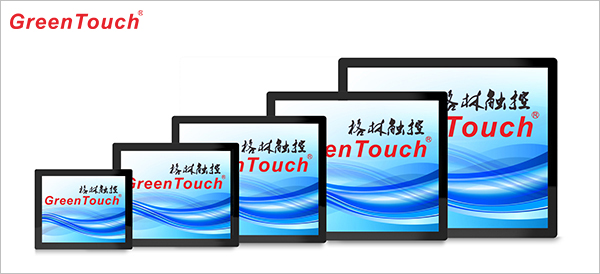
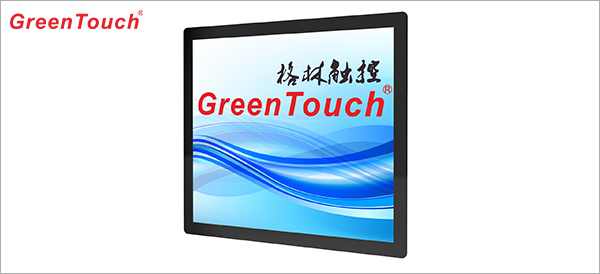
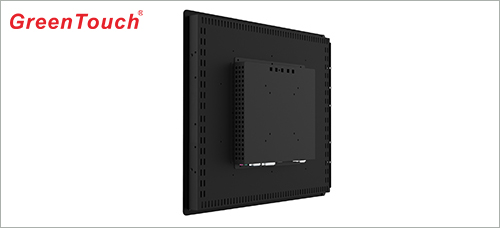

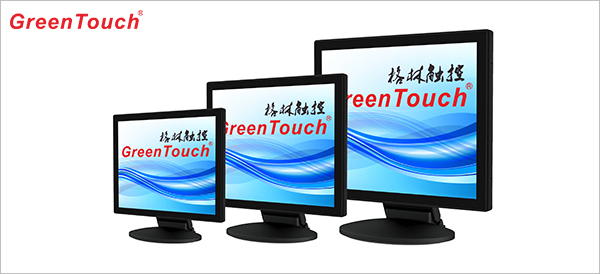
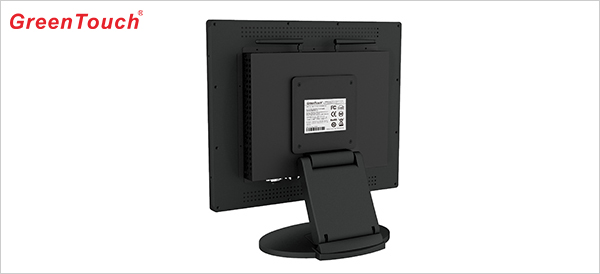
Touch All In One PC,Touch Computer, Touch All In One Computer,Touch All-in-one PC,Touch Screen Computer,Touchscreen Computer Display
ShenZhen GreenTouch Technology Co.,Ltd , https://www.bbstouch.com
